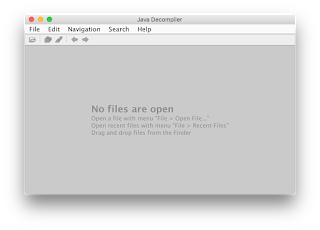Well I guess it's time to start this back up.

The last couple of years I've spent doing a job that was out of my usually wheel house. I went to a learning and content development team within Cisco where I served as a SME for a lot of Cisco Secure Products. This position was not as technical as I'd like and ultimately led to my demise at Cisco. My position was terminated in July and I've spent the last few months looking within Cisco and outside for a new position. From what I can tell, most places have turned me down, which I can only assume, due to my none technical position the last two years. This is very annoying as I still have most of my technical information in my head and still know how to do things. But I guess it only matters what you have done recently. I'm hopeful to find something but in the mean time I'm going to start blogging about new things I'm trying to learn to further develop my security skillset.


